No changes to this document needed for 25/26.
A curriculum guide which can be published on your school website to show parents and carers the RSE & PSHE lesson plans.
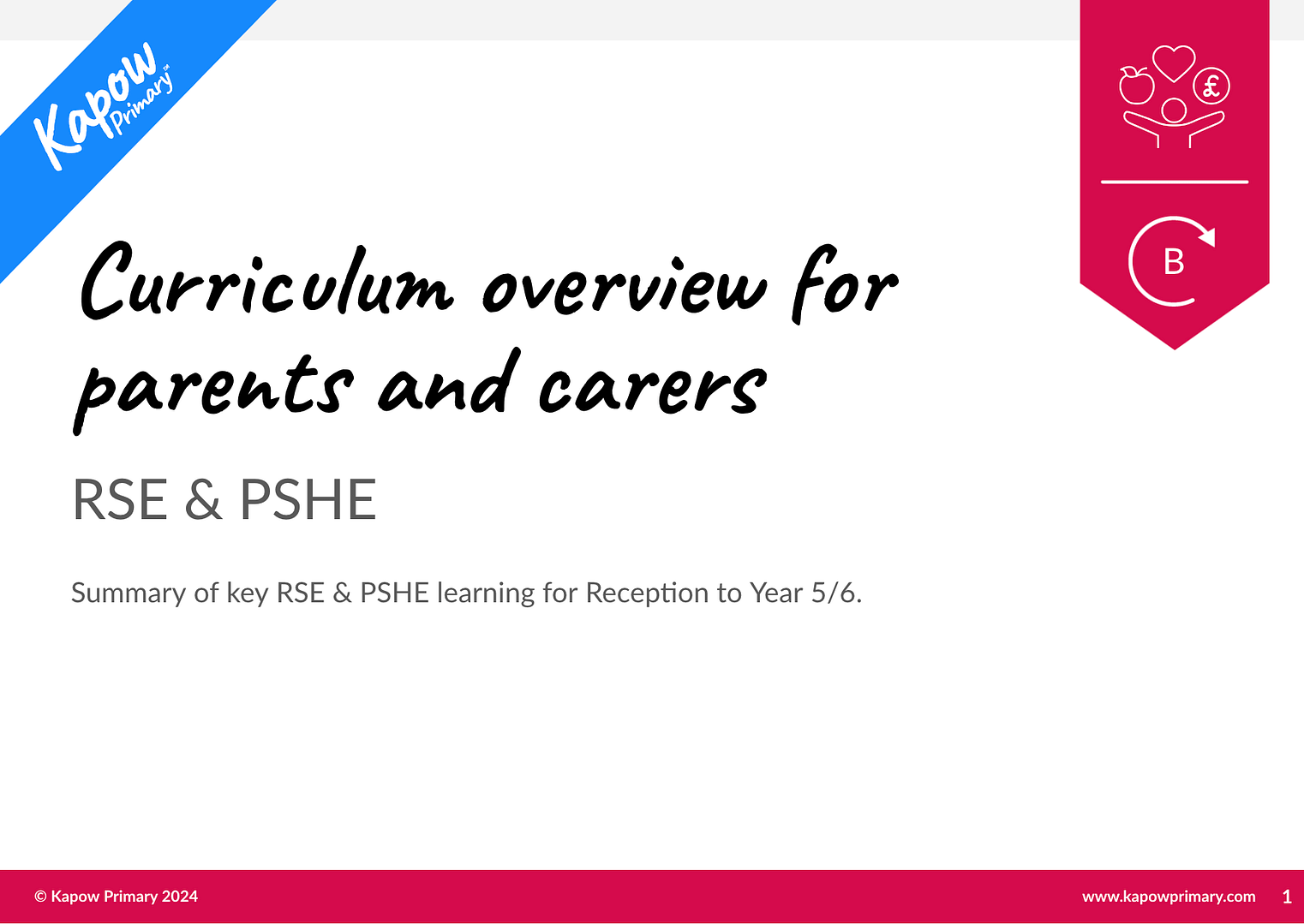
No changes to this document needed for 25/26.
A curriculum guide which can be published on your school website to show parents and carers the RSE & PSHE lesson plans.
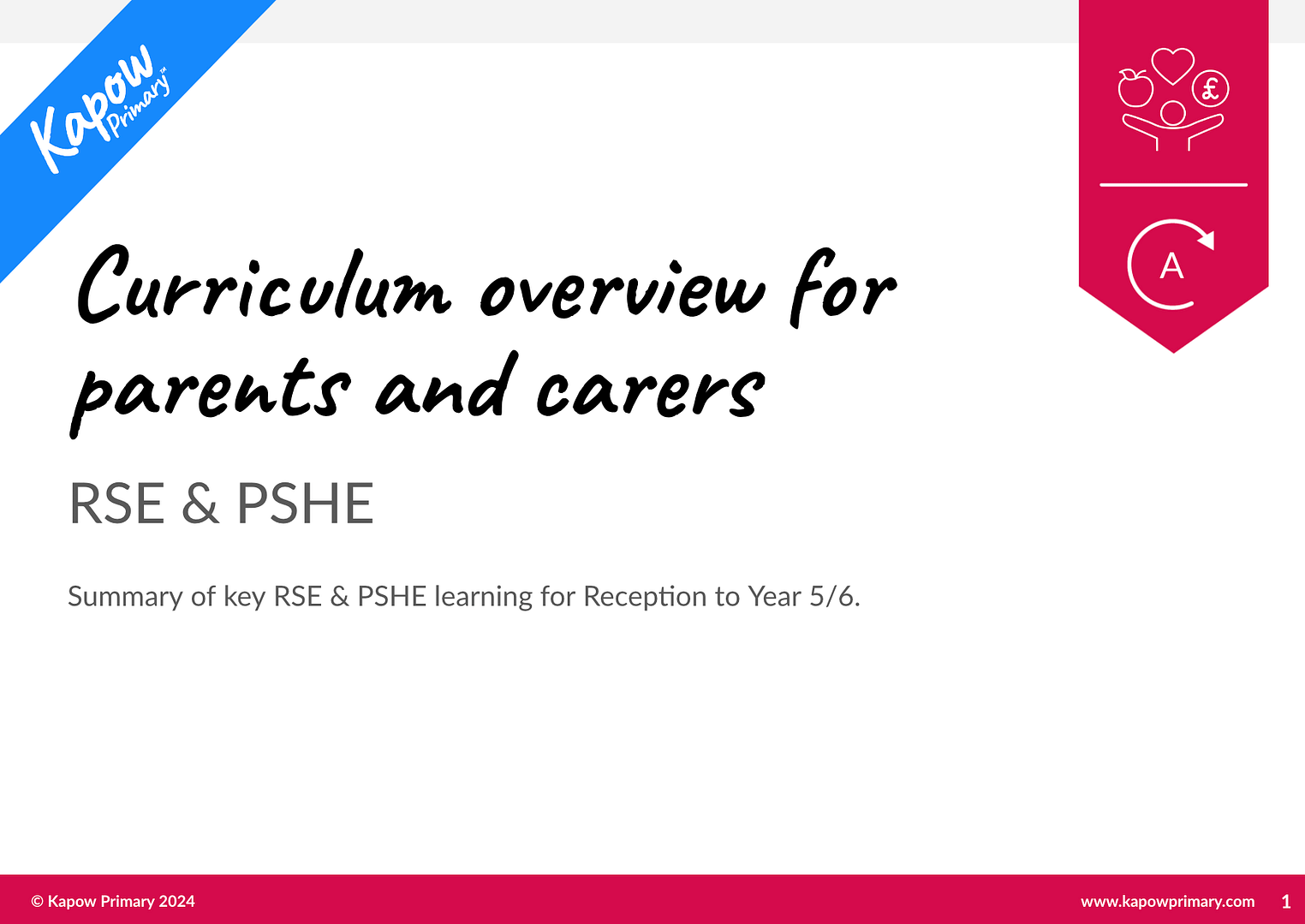
No changes to this document needed for 25/26.
A curriculum guide which can be published on your school website to show parents and carers what will be covered in the RSE & PSHE lesson plans.
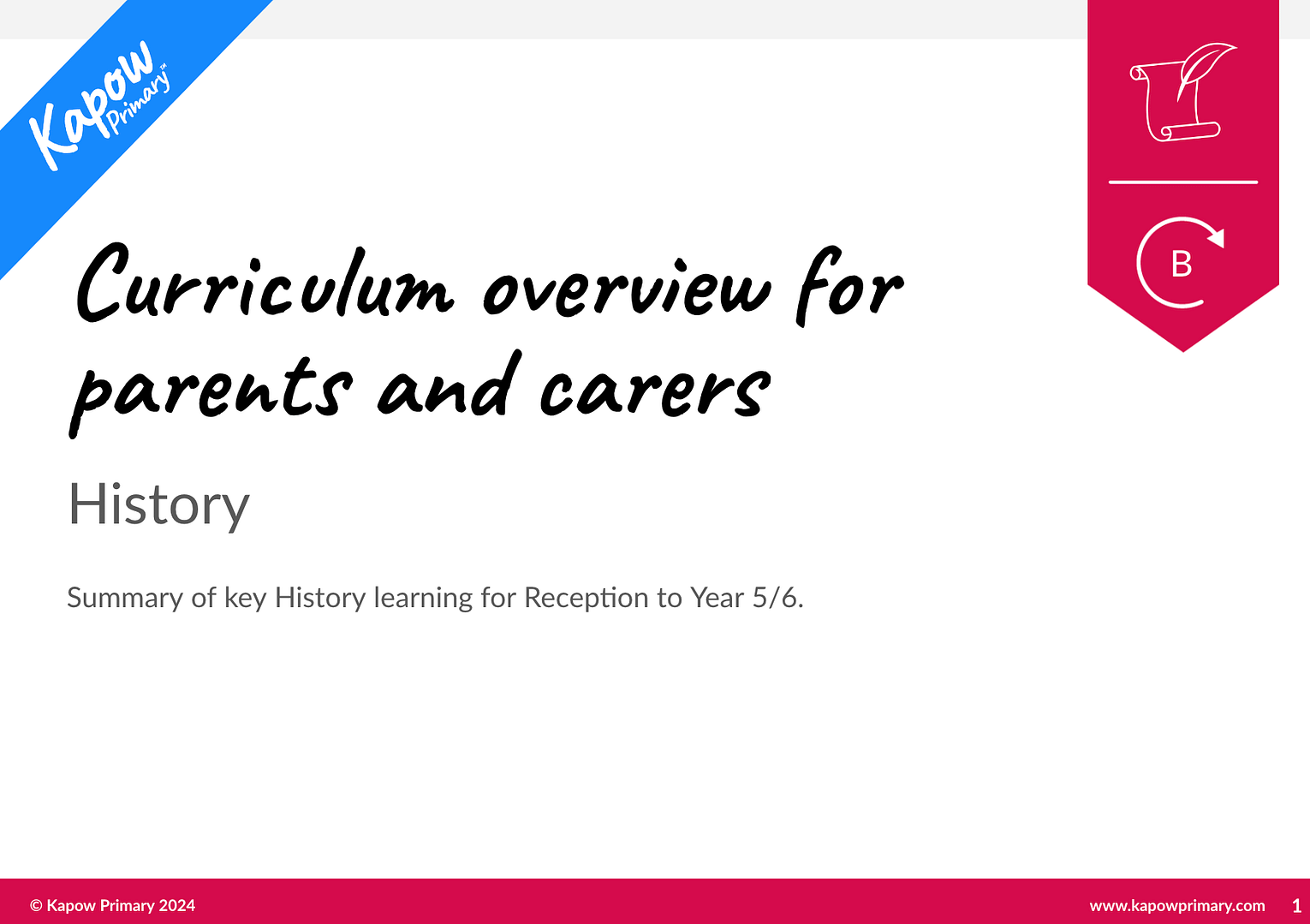
A curriculum guide which can be shared on your school website to show parents and carers the History curriculum.
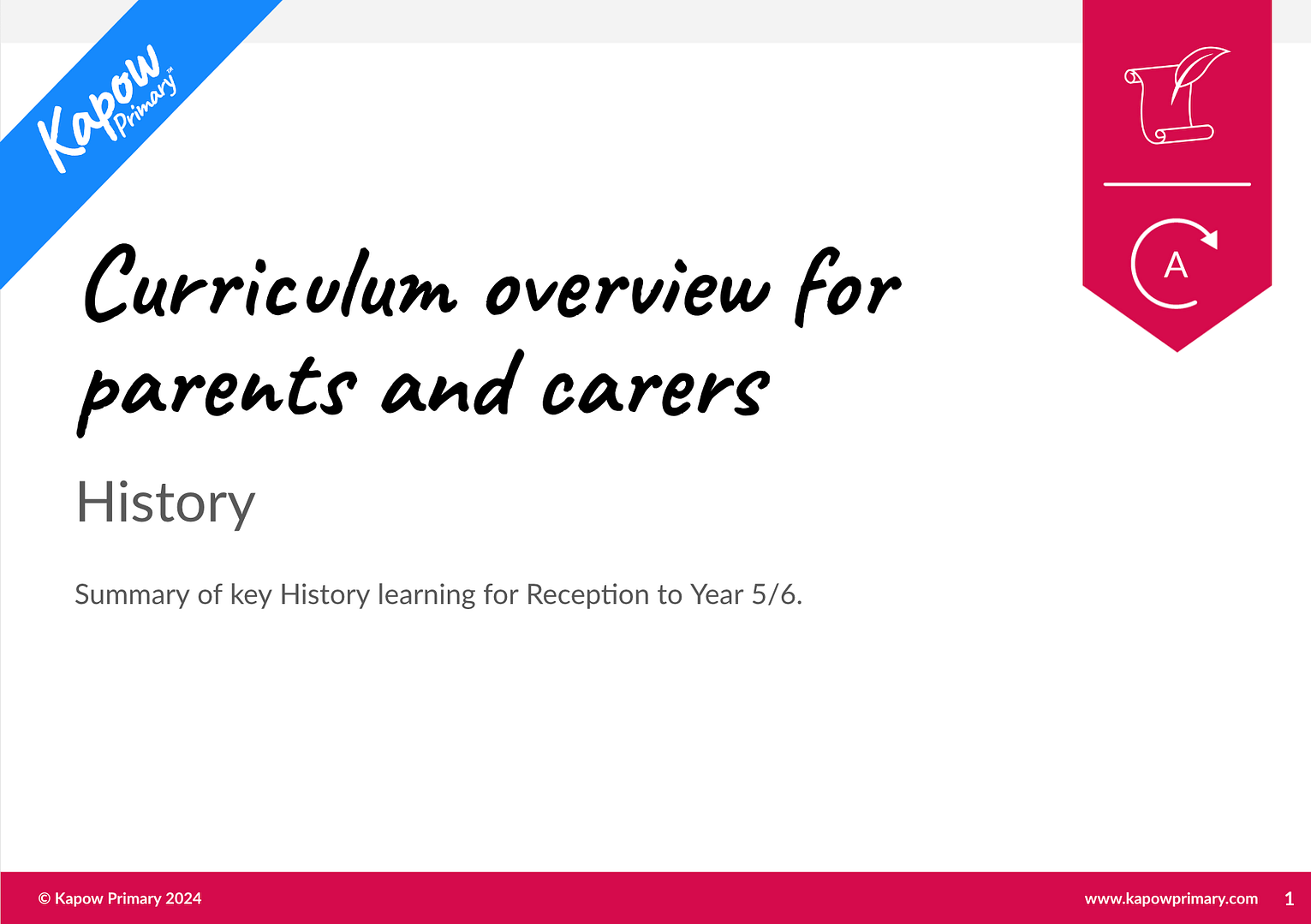
A curriculum guide for parents and carers which can be published on your school website to show the History curriculum.
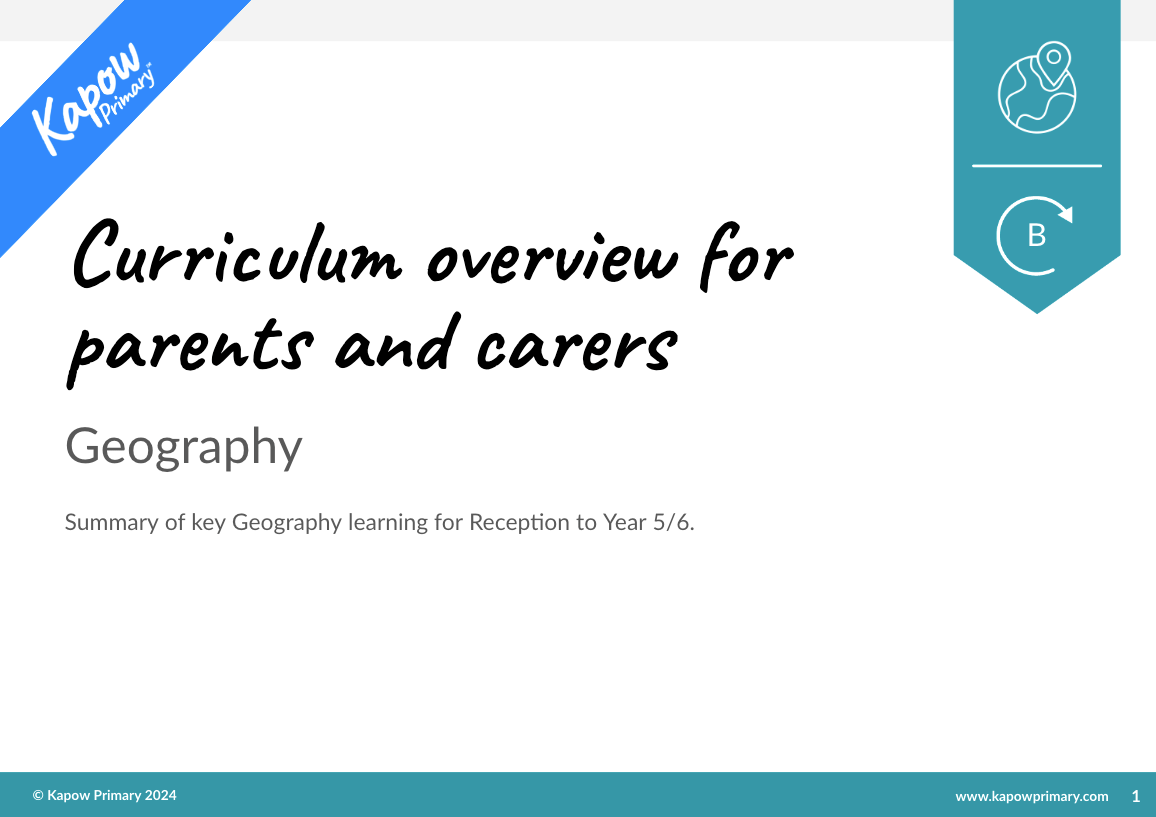
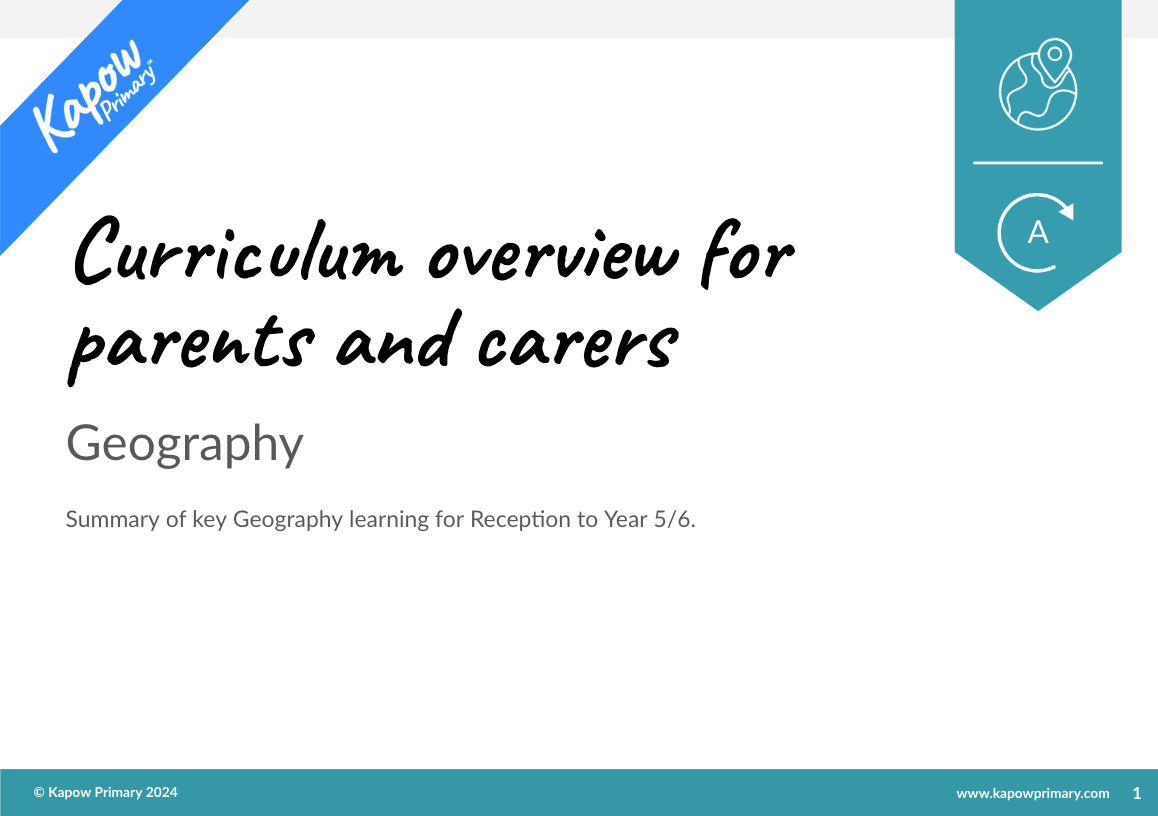
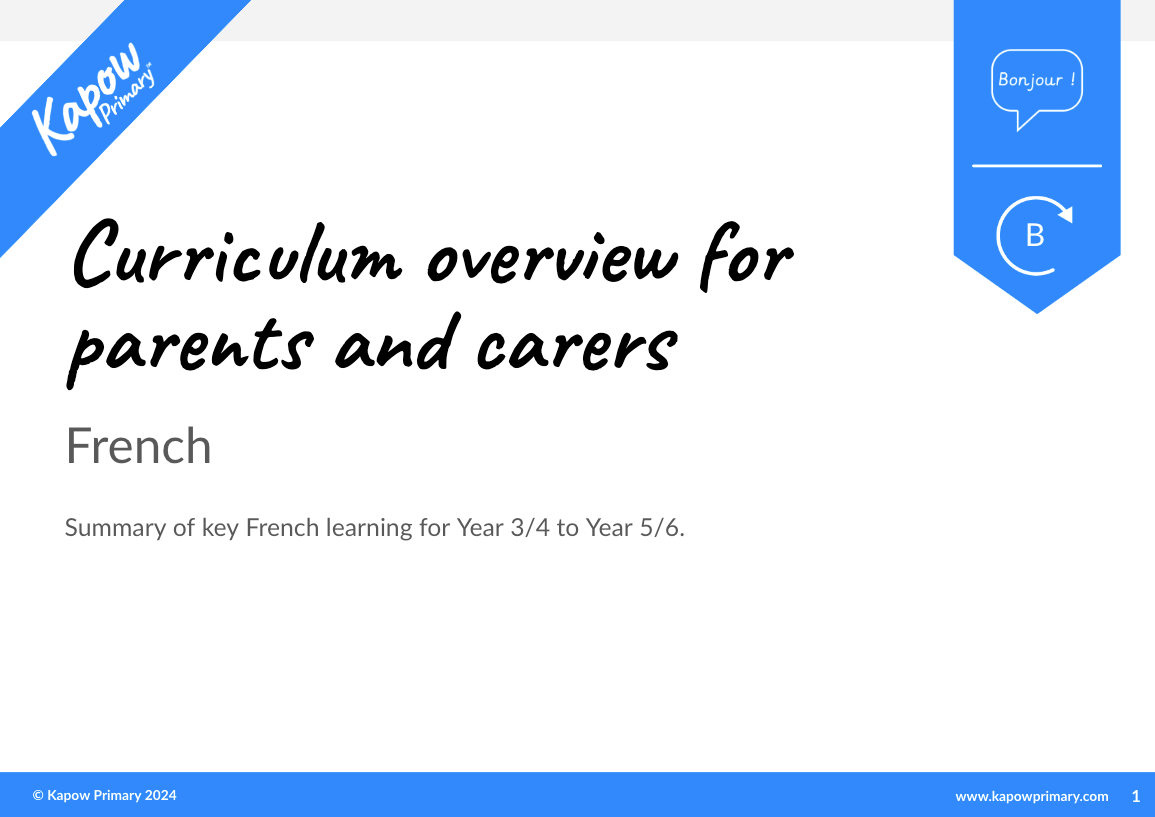
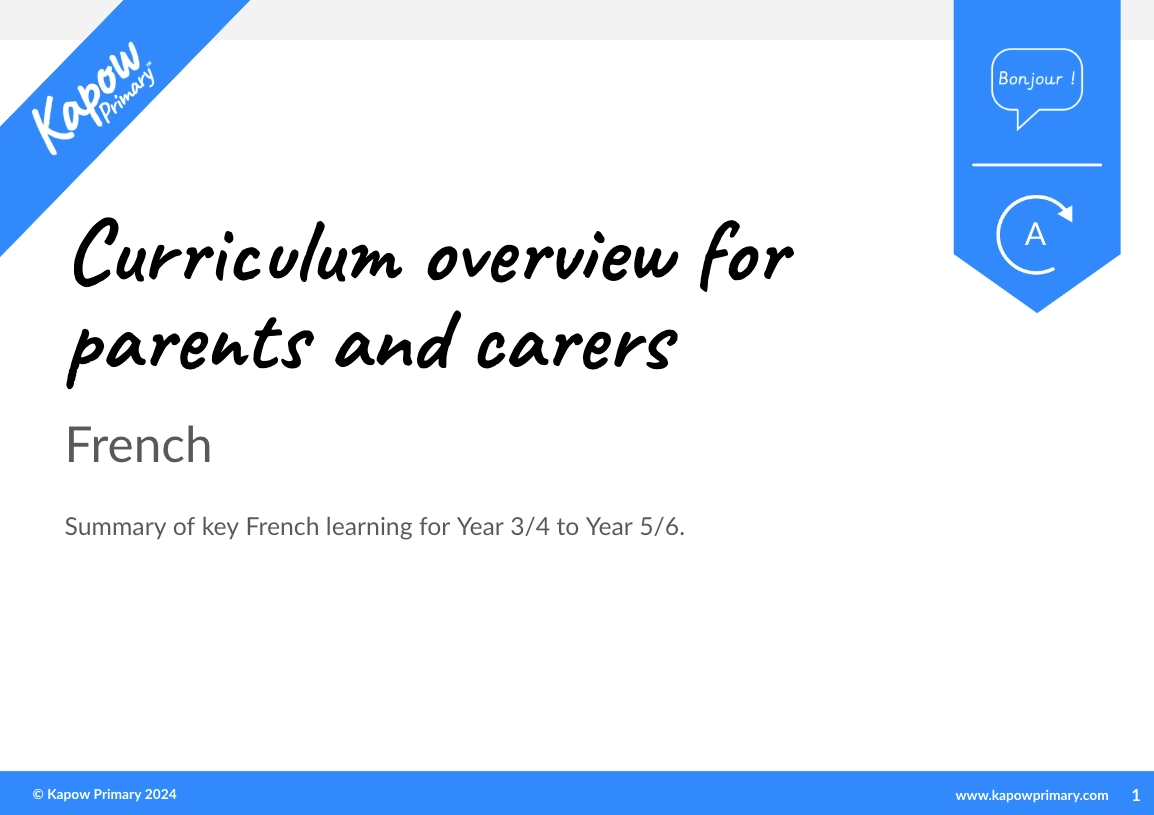
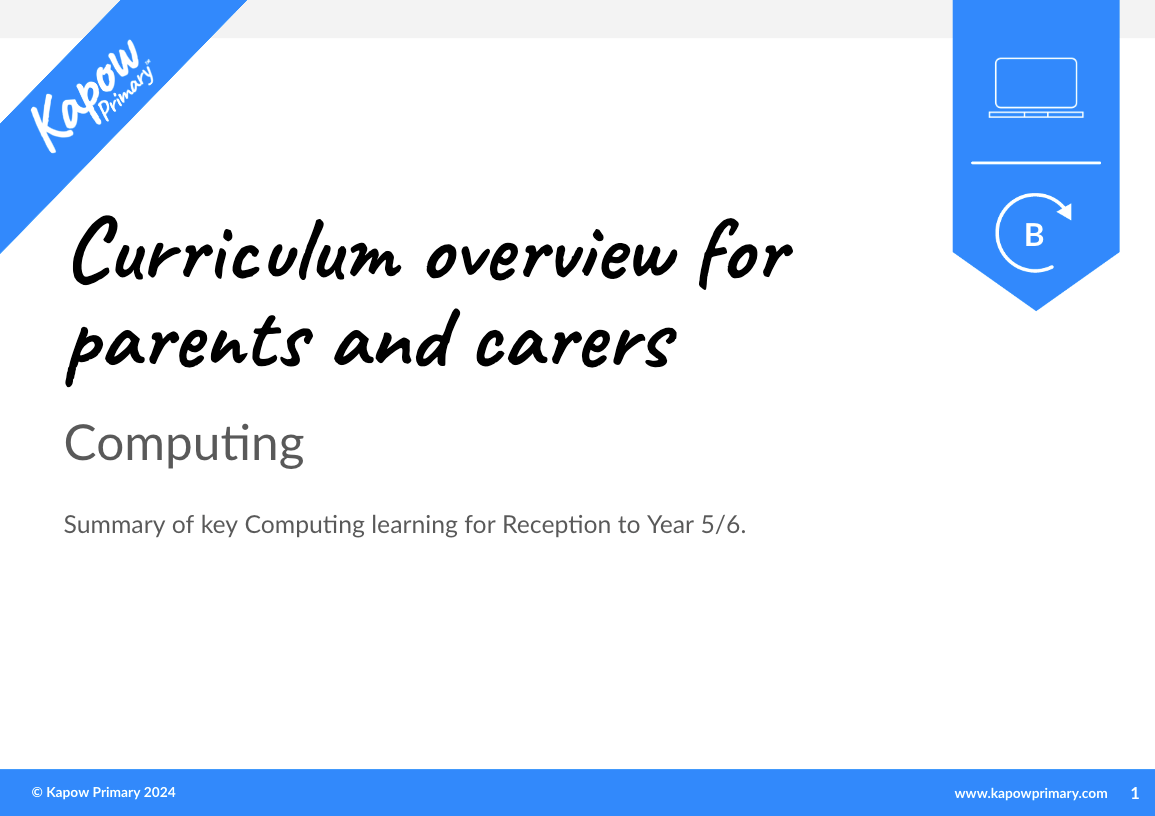
A curriculum guide for parents and carers which can be published on your school website to show the Computing curriculum.